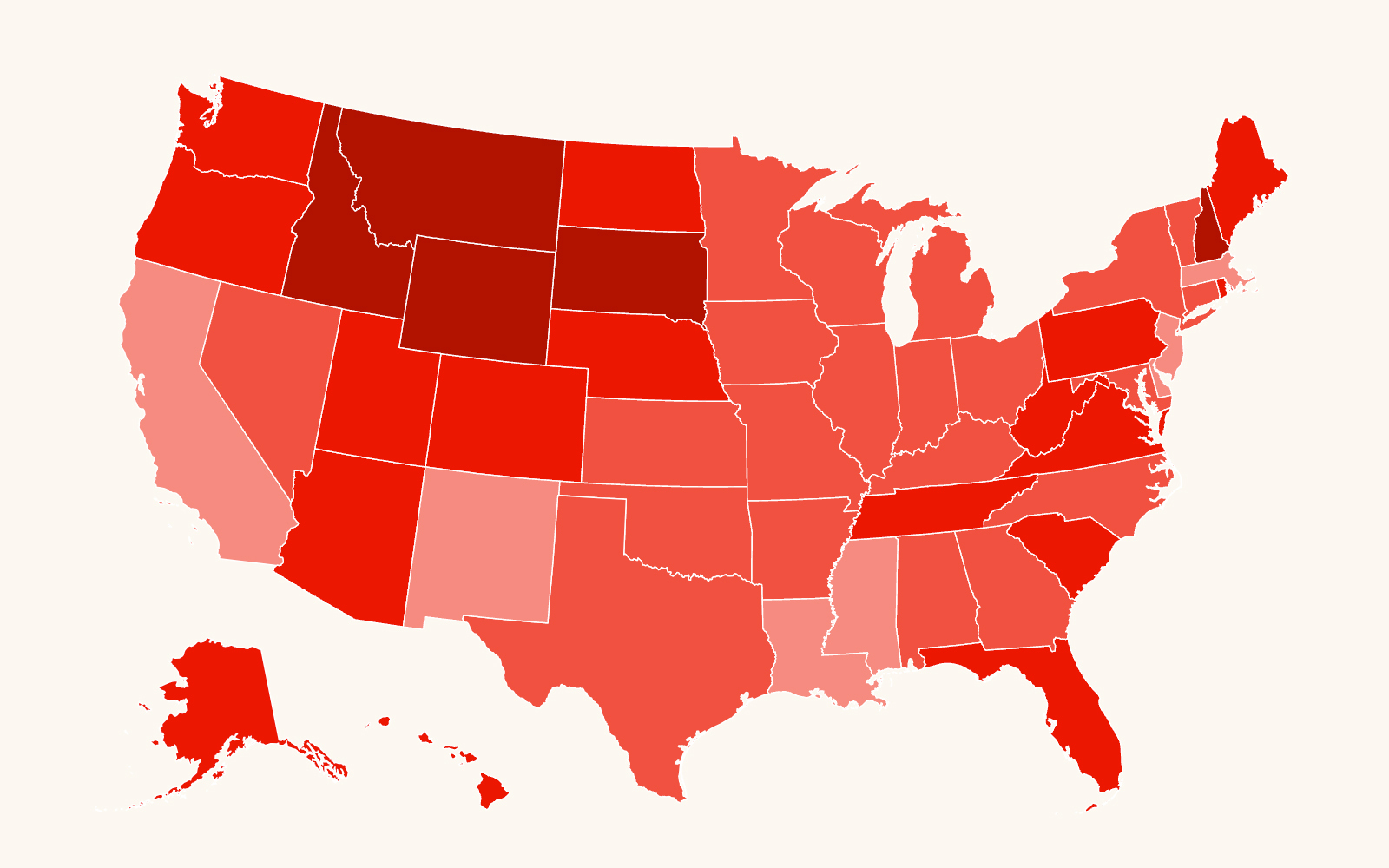An appeals court upholds restrictions on suits against gun makers and sellers. But the ruling does not completely close the door
When hate criminals and others who shouldn’t have guns get their hands on them, it puts everyone at risk.
That’s what happened in 1999 when Buford Furrow, an ex-convict and avowed white supremacist, went on a racially motivated shooting spree across Los Angeles. Furrow murdered a Filipino-American postal worker and wounded five people at a Jewish community center. And it’s what happened again this June, when neo-Nazi ex-felon James von Brunn used a hunting rifle to murder a black security guard at the U.S. Holocaust Museum.
Keeping guns away from hate-fueled ex-cons like Furrow and von Brunn makes everyone safer. Gun control legislation that limits the sale of firearms is one way to do it. Another way is to encourage the manufacturers and sellers of firearms to take more care about who ends up with their merchandise by holding them liable for harmful acts by criminals who use illegal guns. Although Congress has passed a law that restricts so-called third-party lawsuits against makers and sellers of guns, and although a federal appeals court recently upheld that law, gun makers and sellers can still be held accountable under certain circumstances.
After Furrow’s rampage, questions arose about how this ex-convict had illegally amassed so many deadly weapons: seven firearms, including an Uzi submachine gun, and hand grenades and plenty of ammunition. The legal restrictions on gun possession by ex-convicts had clearly failed to stop Furrow from amassing an arsenal.
Meanwhile, lawsuits against gun makers and sellers were on the rise. The logic behind the lawsuits went like this: First, firearm manufacturers systematically overproduce weapons, more than the legitimate market can absorb. Second, distributors and sellers look the other way and sell arms to the illegal market. Finally, because the makers and sellers ignore the risk that their products will end up in the illegal market, criminals have guns at their disposal, and victims get hurt. As a result, the argument goes, the gun makers and sellers in such cases should have to pay for the harm to the victims of gun violence.
If the plaintiffs could prove their cases, the manufacturers and distributors of guns could have faced huge monetary awards. In the 1990s, gun victims and their families began testing this legal theory in the courts. Large cities like Chicago and New York joined them, arguing that the costs of policing, health care costs for gun-related injuries, and the disruption of the public safety entitled them to damage awards alongside the victims. In 2001, the victims of Furrow’s hate crime brought a lawsuit against the makers, distributors, and sellers of the firearms that Furrow used during his 1999 rampage.
In response to the success of lawsuits like that one, Congress acted in 2005 to shield firearms manufacturers and distributors from liability by passing the Protection of Lawful Commerce in Arms Act (PLCAA). In fact, several members of Congress specifically mentioned the Furrow case as an example of the kind of lawsuit that should be prohibited. The PLCAA bars most lawsuits against federally licensed gun makers and sellers that are based on the “criminal or unlawful misuse of a [firearm] by [a] person or a third party” 15 U.S.C. § 7903(5)(A).
That means that in order for a lawsuit against a gun manufacturer or distributor to go forward, a victim has to show something more — that, for instance, the maker or seller broke a federal or state law or failed to exercise reasonable caution in selling a firearm to a particularly unfit individual.
There are other exceptions to the ban on third-party lawsuits. Victims can pursue any type of case against makers and sellers who lack federal licenses; Congress determined that they have to abide by fewer rules and therefore need the added deterrent of lawsuits to police their conduct. The law also leaves in place suits against makers and sellers that are based on a breach of contract or on an allegation that a weapon is defective.
After passage of the PLCAA, the federal appeals court in the Furrow case revisited the claims brought by Furrow’s victims and also considered a challenge to the PLCAA’s constitutionality.
The court upheld the legislation as constitutional. It then considered whether any of the victims’ claims fell into the statute’s exceptions. Because the victims did not argue that any of the makers and sellers violated a law, failed to exercise enough caution in selling to a particular unfit individual, broke a contract, or made a faulty product, the court dismissed all of the claims against the federally licensed parties. It allowed the lawsuit against an unlicensed foreign defendant to go forward.
As a result of the PLCAA, unlicensed gun makers and sellers today have a strong incentive to bring themselves into the federal licensing and regulatory fold. Federally licensed makers and sellers also have a strong incentive to ensure that they comply with all the applicable restrictions. Nevertheless, millions of firearms remain in circulation in this country. And in too many cases, the Buford Furrows and James von Brunns of the world remain armed to the teeth.
Joshua Ruby is a third-year student at Harvard Law School and an intern in the Southern Poverty Law Center’s legal department.
